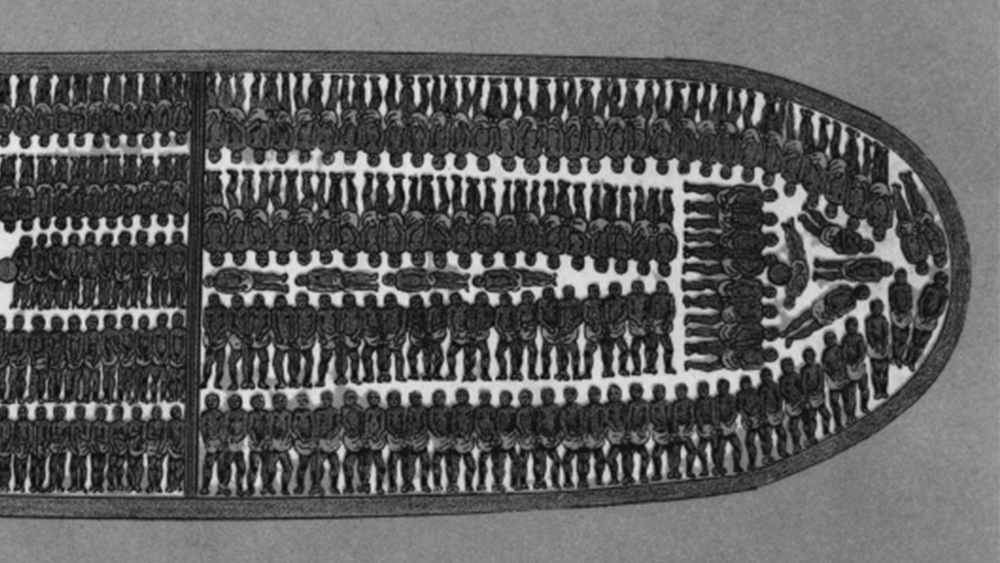The Transatlantic Slave Trade
The Transatlantic Slave Trade is one of the great crimes in history, a theft of human life that bankrolled the colonization of entire continents and invented the modern world. These lessons and resources help students map the slave trade from the centers of European capital and the coasts of Africa to the plantations of the Americas.
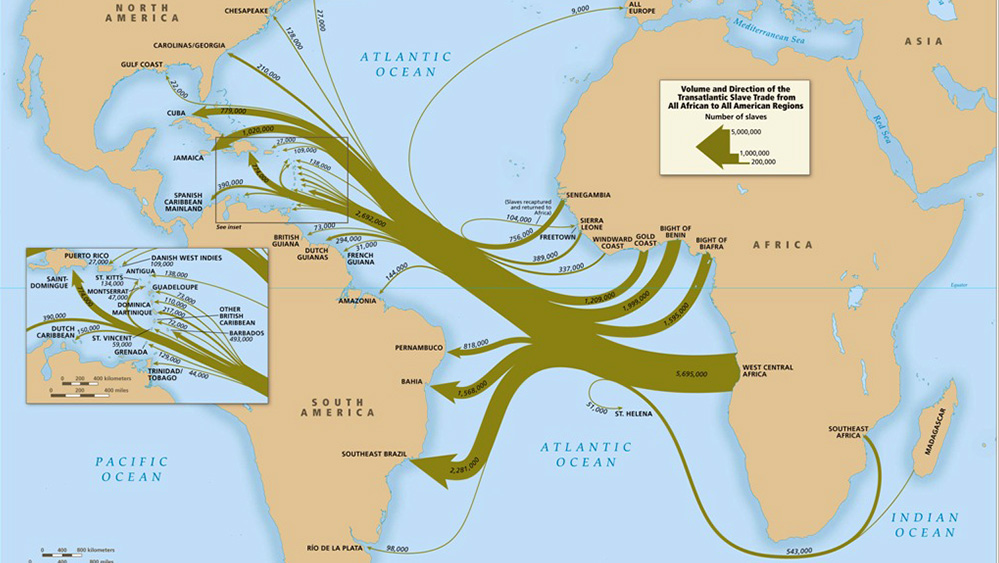
 Teaching This Topic
Teaching This Topic

Teaching Sensitive Topics
Get support for difficult but meaningful discussions about the transatlantic slave trade.

PD Event: Exploring Slave Trade Shipwrecks
Learn from Tara Roberts, National Geographic Explorer in Residence, about how Black divers, archaeologists, and historians are searching for lost stories from the Middle Passage.

Blog: Dive in with National Geographic Explorer Tara Roberts
Show students the legacy of the transatlantic slave trade through human stories and experiences.

Teaching with Graphic Biographies
Check out the instructional moves teachers use to bring graphic bios to life in the classroom.
Featured Materials
Impact of the Slave Trade: Through a Ghanaian Lens
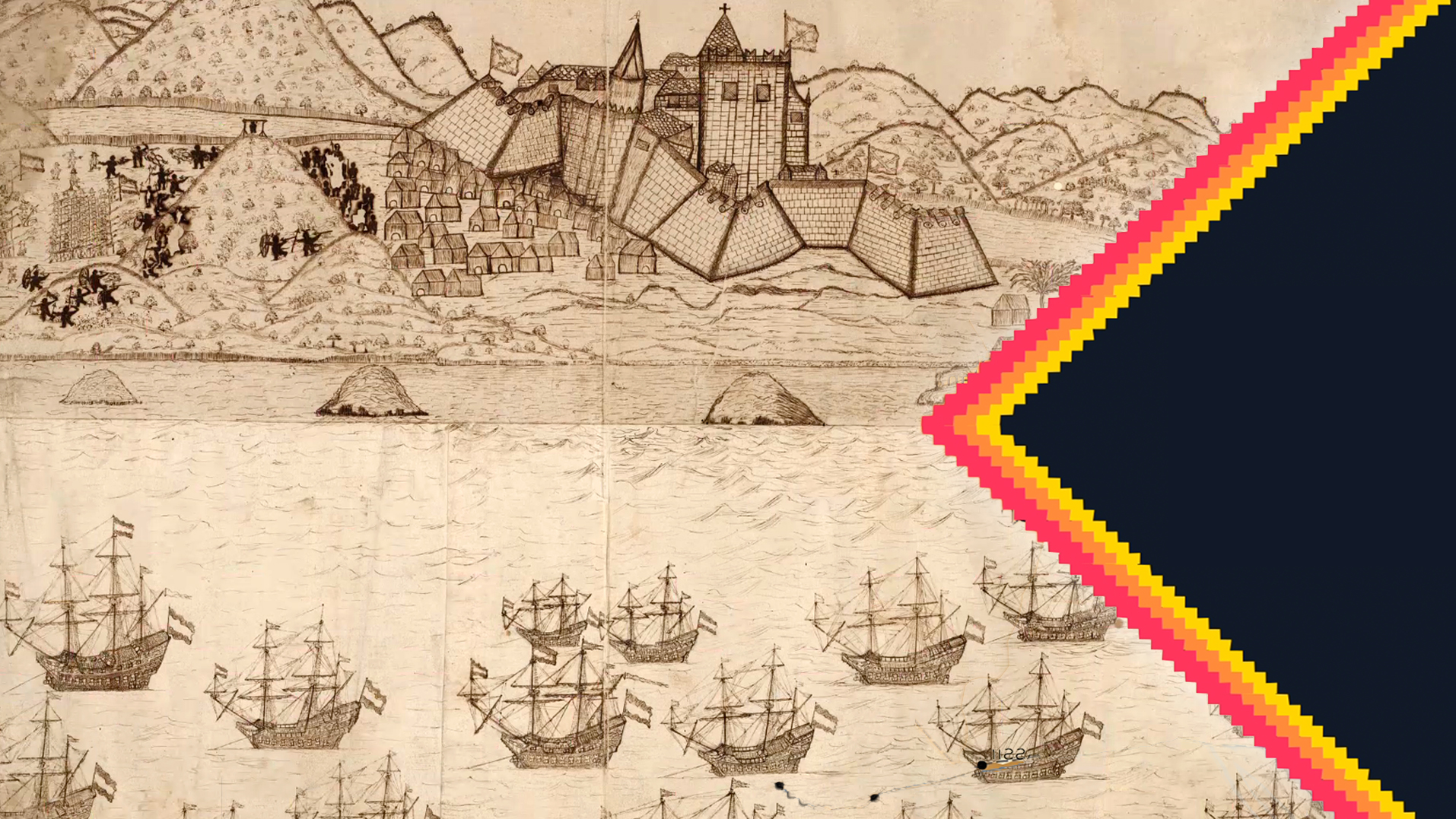
Video
Impact of the Slave Trade: Through a Ghanaian Lens
How did the Atlantic slave trade impact communities in Africa? This video focuses on experiences of people in Ghana to reveal bigger truths about this transoceanic system.
Domingos Álvares
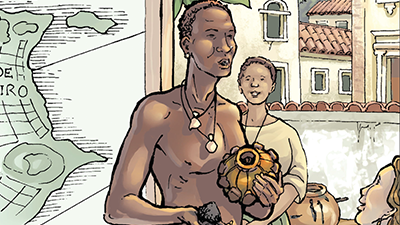

Graphic Biographies
Domingos Álvares
As a priest and healer, Domingos Álvares was dedicated to building communities and networks wherever he went.
Empires, Enslavement, and Revolutions Thematic Map
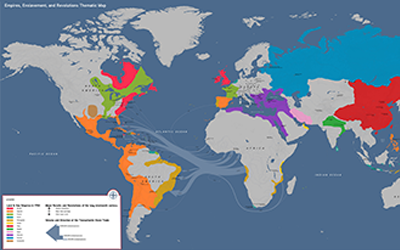
Visual Aid
Empires, Enslavement, and Revolutions Thematic Map
A full-color thematic map of Empires, Enslavement, and Revolutions in 1750 CE, meant to help you support, extend, and challenge the frame narratives.
Lessons
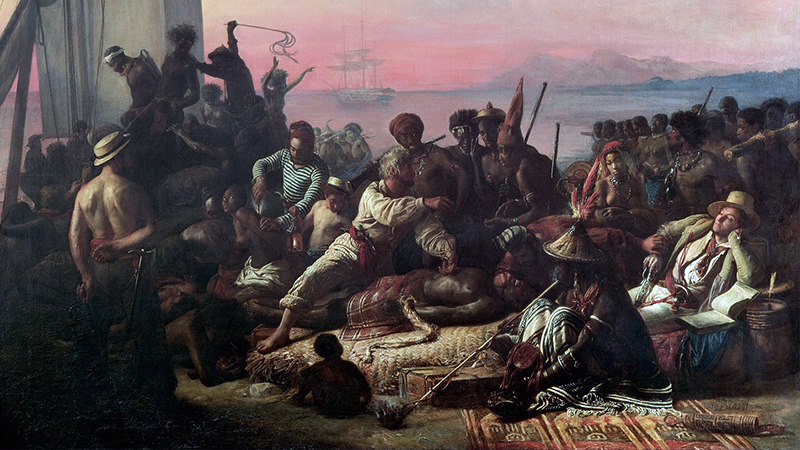
Lesson 3.6
The Transatlantic Slave Trade
For 400 years, over 12 million people were enslaved and forcibly transported to the Americas, where they worked in horrific conditions. Their labor enriched European empires and settler colonies.
View Lesson
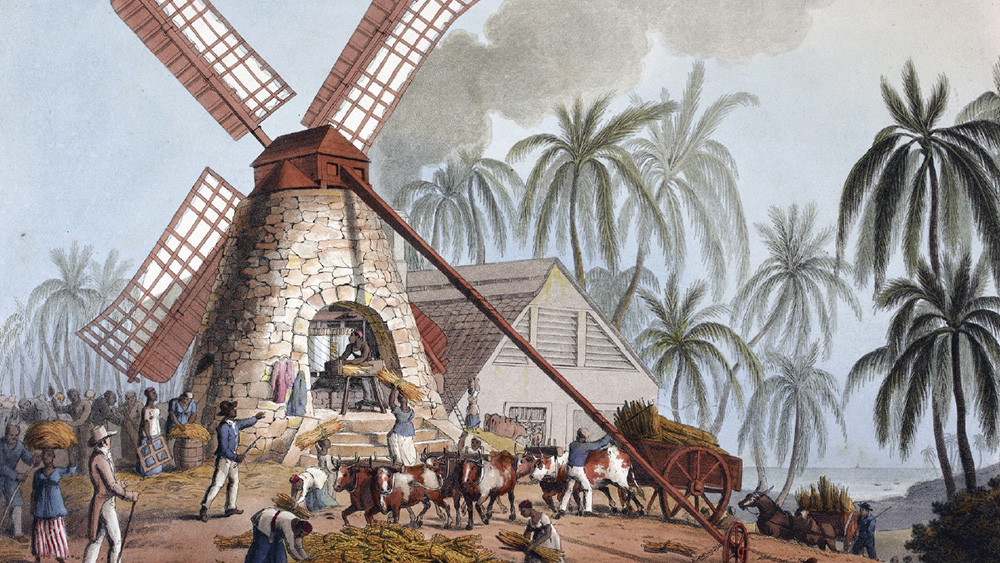
Lesson 3.7
The Plantation System
Humans build communities to share goods, beliefs, and ideas across networks. While fourteenth-century connections spread innovations, they also brought challenges like the devastating Black Death.
View Lesson
Materials
Source Collection: First Person Accounts - Transatlantic Slave Trade

Article
Source Collection: First Person Accounts - Transatlantic Slave Trade
Over 12.5 million people were enslaved and transported across the Atlantic Ocean. These first-hand accounts show the horrors of the journey and some ways people resisted.
The Disastrous Effects of Increased Global Interactions c. 1500 to c. 1600
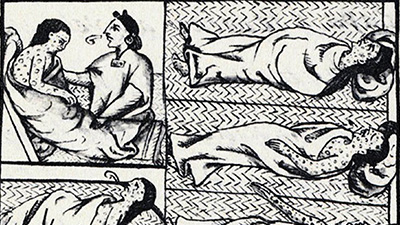
Article
The Disastrous Effects of Increased Global Interactions c. 1500 to c. 1600
Increased global networks had some benefits, but the Atlantic slaving system and the sharp decline in indigenous populations were among the devastating effects of this period.
The Transatlantic Slave Trade
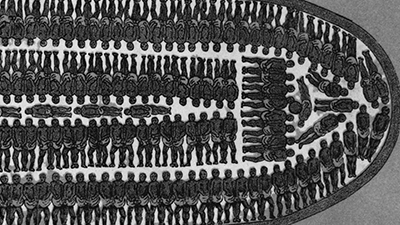
Article
The Transatlantic Slave Trade
Europeans created a slave trade that enabled them to amass wealth—at the expense of African and Indigenous societies.
